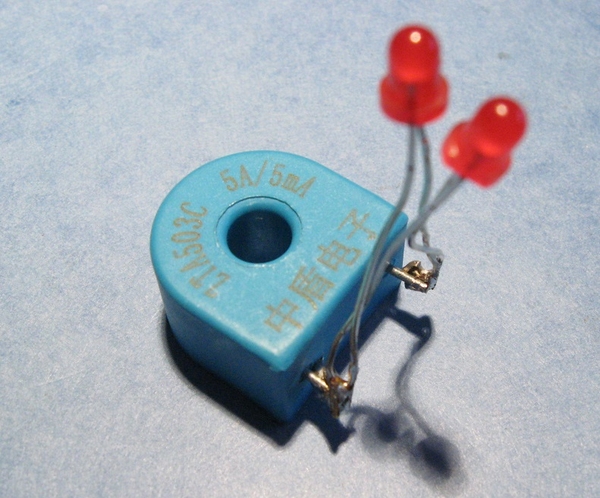I have two sections of table with Atlas 21st Century O gauge track. One table (30x8) has 8 atlas switches wired according to Barry's book with NO problems for 4 years. I finally got the other table (30x24) wired. I have 7 switches on that table that use the Atlas Switch motors. These are wired exactly like the other table with the only difference being they go to another AIU daisy chained to the other table. My problem is:
#1 at first all switches worked but one which got burned and I replaced. Everything then seemed OK I Thought.
#2 About a month later I noticed the same switch seemed to be sluggish. Upon pulling switch motor I noticed the foam ( I use 1" foam board on my table for insulation of noise and scenery installation is easy with it) under switch motor had a dimple from heat where the motor was. Upon examining motor I discovered it was NOT burnt but had heated and the motor piston would not move back and forth freely. It had a slight drag towards one end. Replaced and again seemed OK.
#3 a week later a different switch did the same thing. I soon discovered that 2 had done it. Changed them both with new switch motors as both were NOT Burned but had heated. Interesting is the fact that neither switch had been used. After changing both I went to test and one switch worked one time one way only and the other switch performed in a way that really has me stumped. It started to work and kind of hung in the middle with the switch motor still trying to move it but is not moving. I quickly cut all power and immediately went to check switch. IT MOVES PERFECTLY BY HAND WITH NO RESISTANCE!
SO My question is what gives? It seems to me the switch problem is moving from switch to switch but not in sequential order as the first switch was #7 and the other two are #1 and #2.. PLEASE NOTE THE SWITCH BUTTON IS NOT BEING HELD DOWN AS IT ONLY TAKES A TAP ON THE REMOTE. (Remember the other table has no problems). I have changed the AIU and problem still exist.







